A full body harness is a harness designed to hold the wearer upright in the event of a fall from height. If worn correctly, a full body harness will distribute the energy generated during free-fall across the wearers’ body evenly, reducing the potential for serious injury.
Full-body harnesses should be the first choice when it comes to working at height because they offer:
- Freedom of movement for the worker to get his or her job done.
- Support for all body parts including; hips, legs, chest and shoulders.
Before you carry out any work at height, you should always assess the potential risks. Unfortunately, falling from height is a common cause of injuries and fatalities in the workplace. It’s important that you know when a full body harness is, or isn’t required. Your employee should carry out a full risk assessment before you carry out any work at height, notifying you if a full body harness is required while you complete your tasks.
Freedom from damage, wear or tear

Product Description
- When looking at how full body harnesses are designed, there are a few common features that you can expect to see on any full body harness
- Durable webbing (usually nylon or polyester).
- D-ring attachment (one or two) to secure worker to fall arrest lanyard.
- Adjustable straps for a comfortable/snug fit.
- A weight limit. EN361 requires testing with a 100kg rigid mass test mass

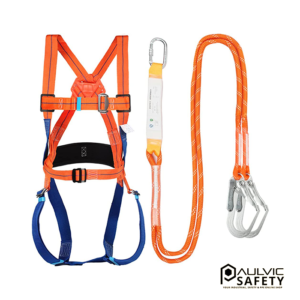
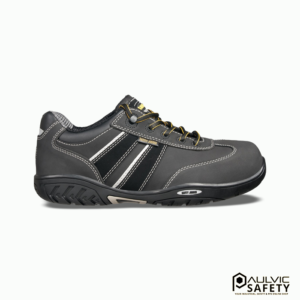
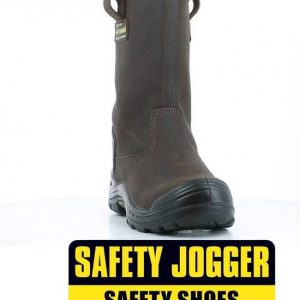
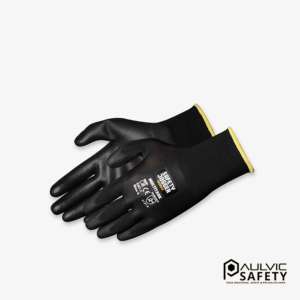

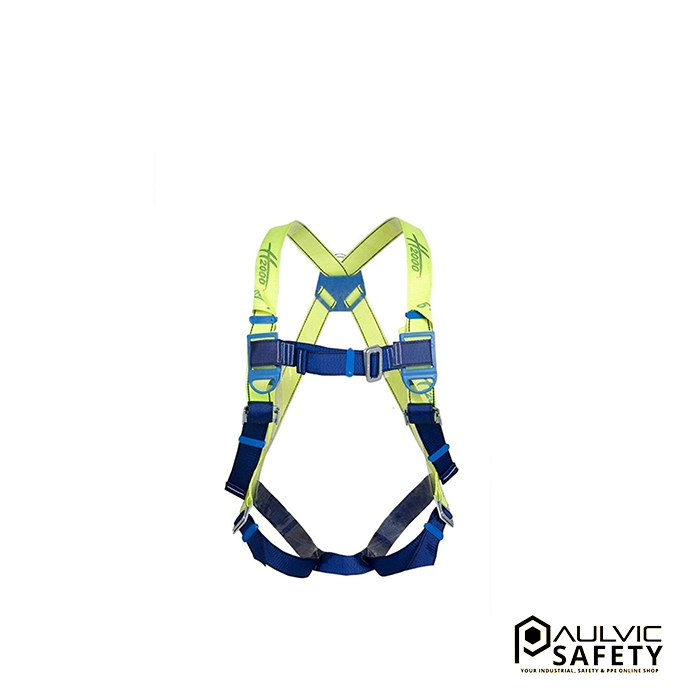
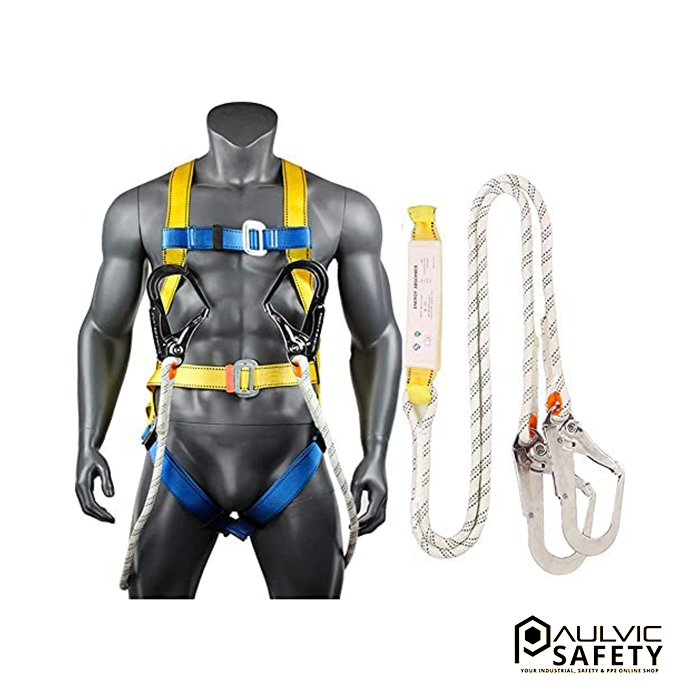
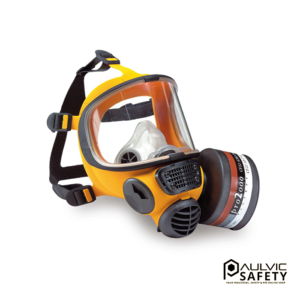
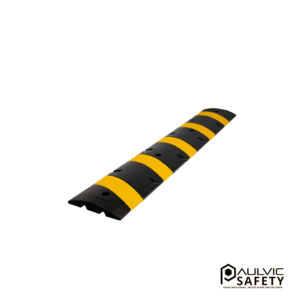
Reviews
There are no reviews yet.